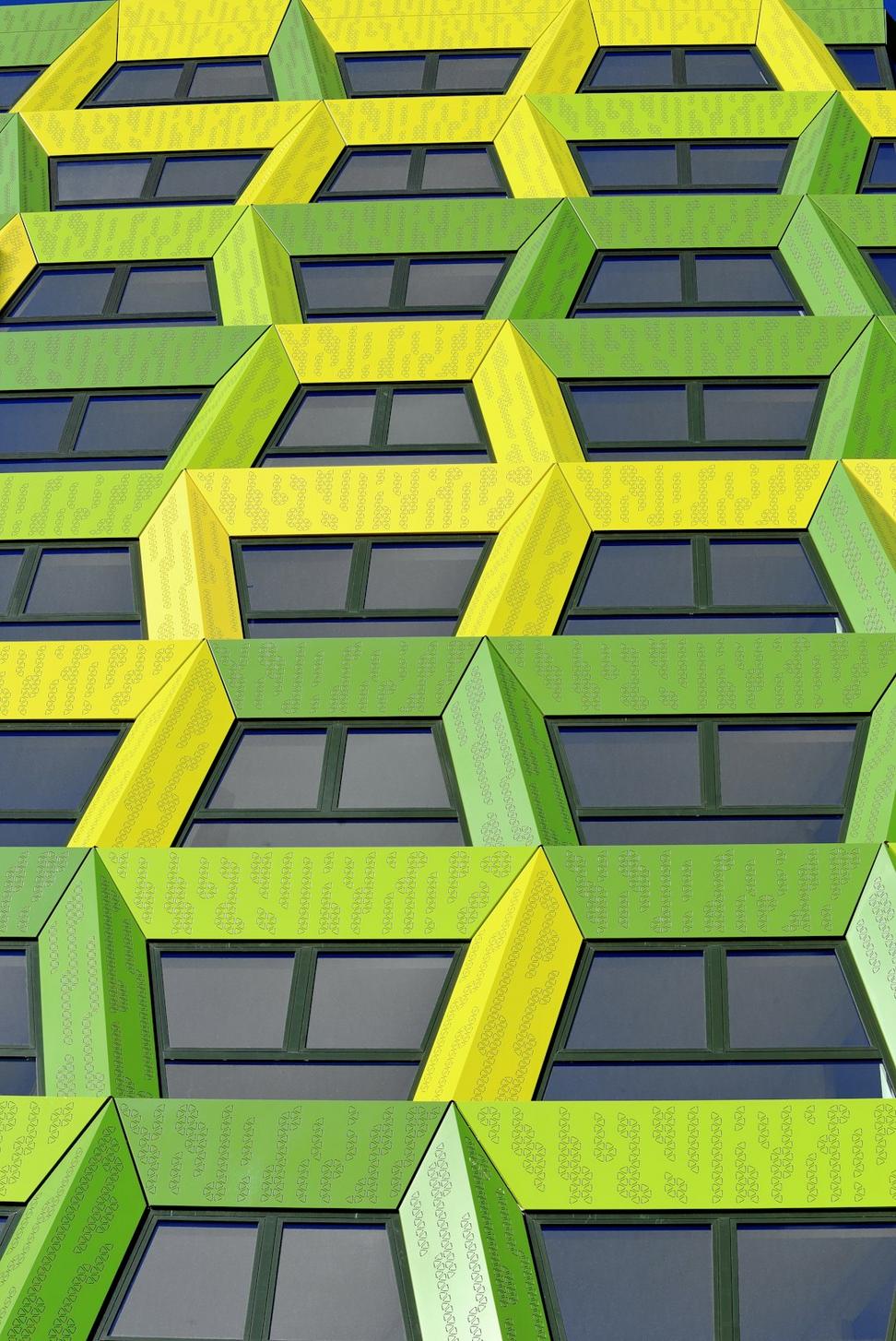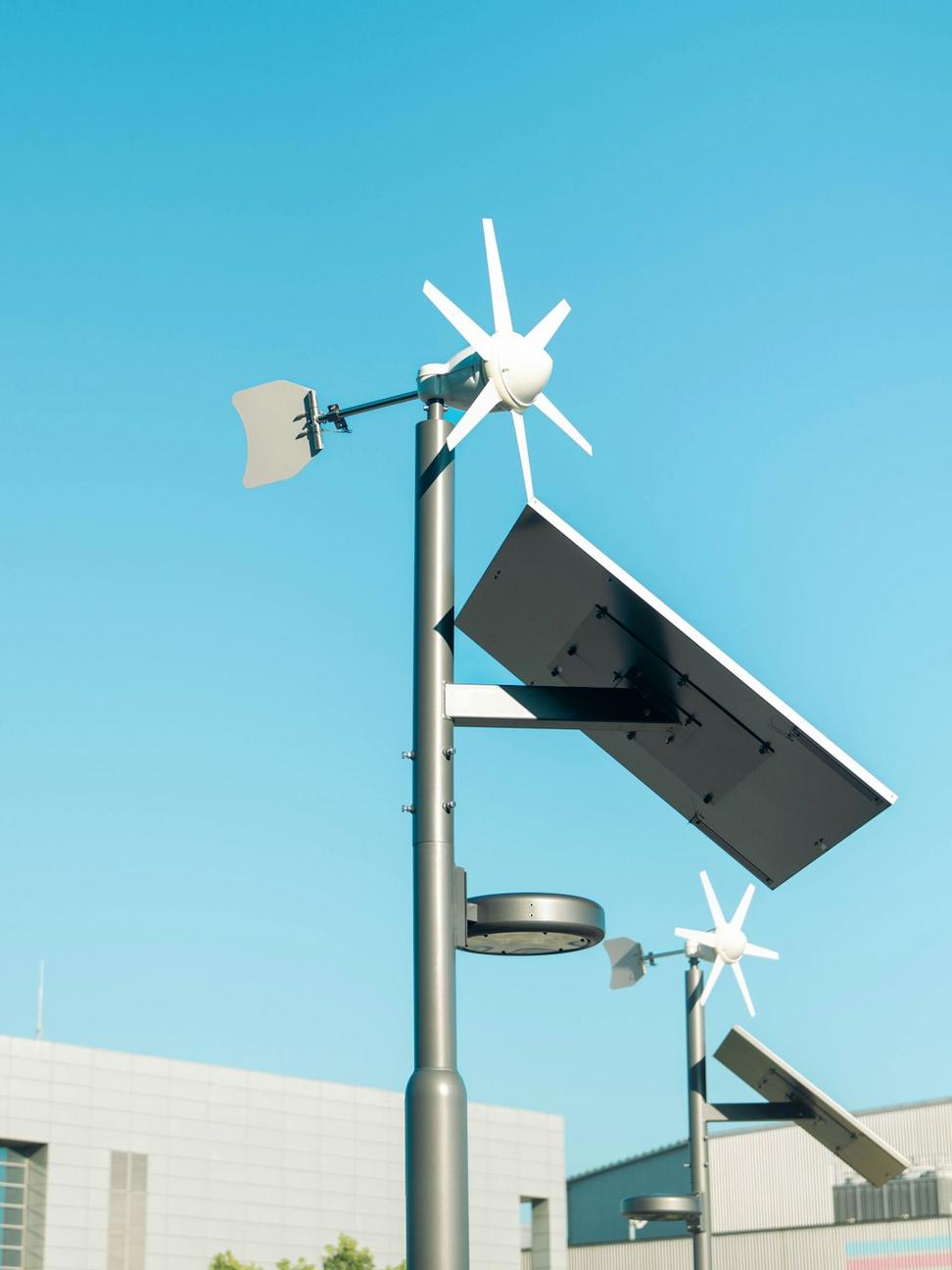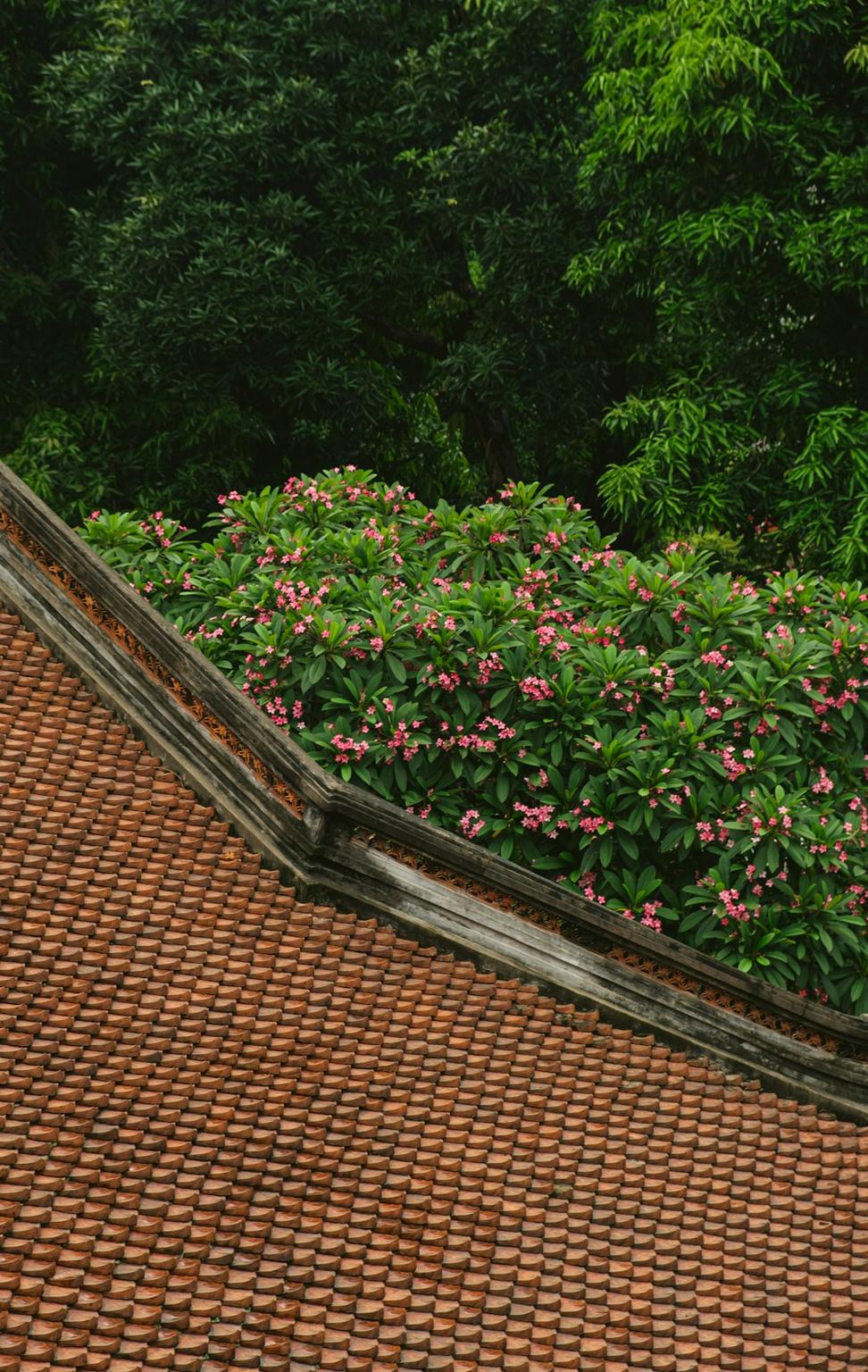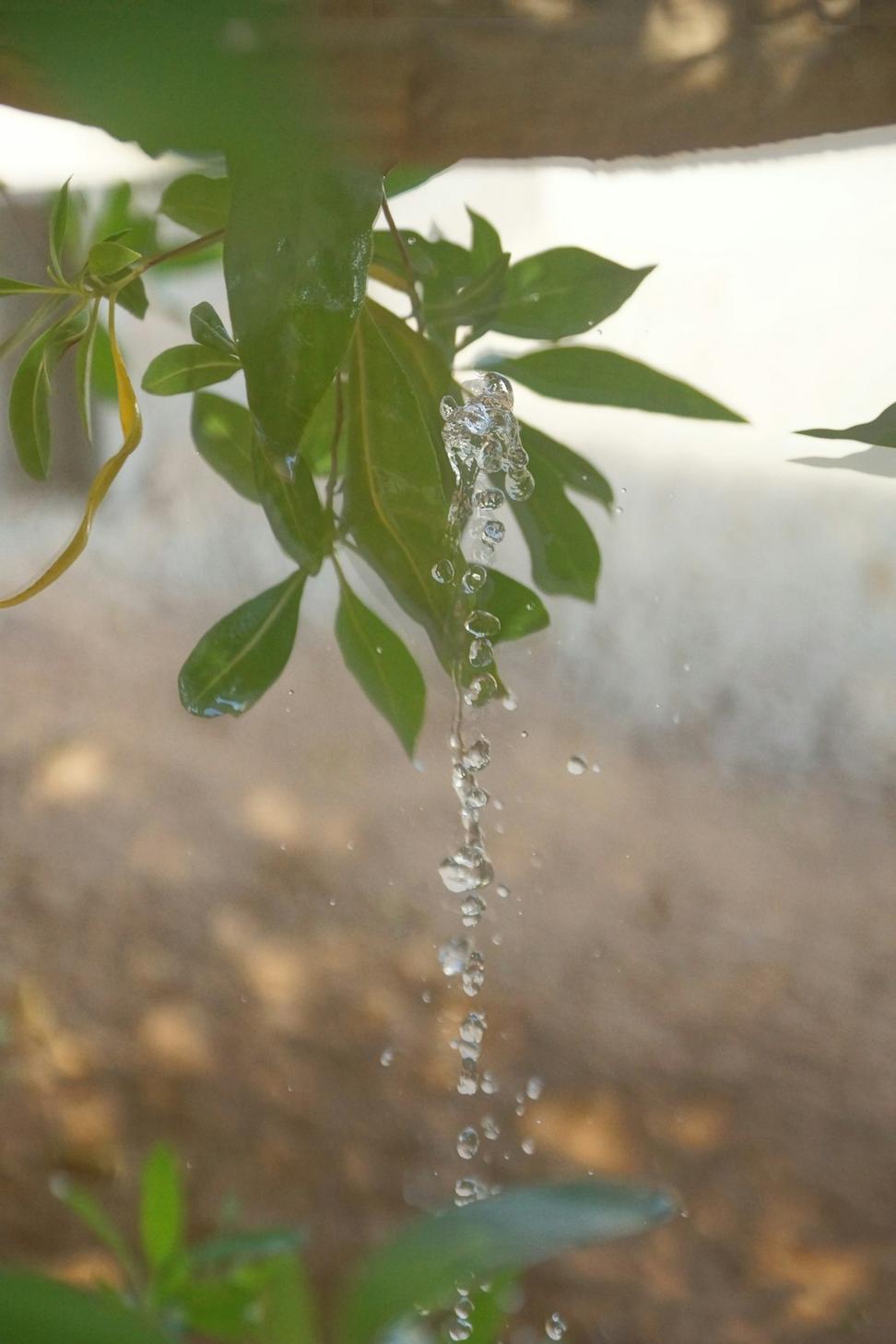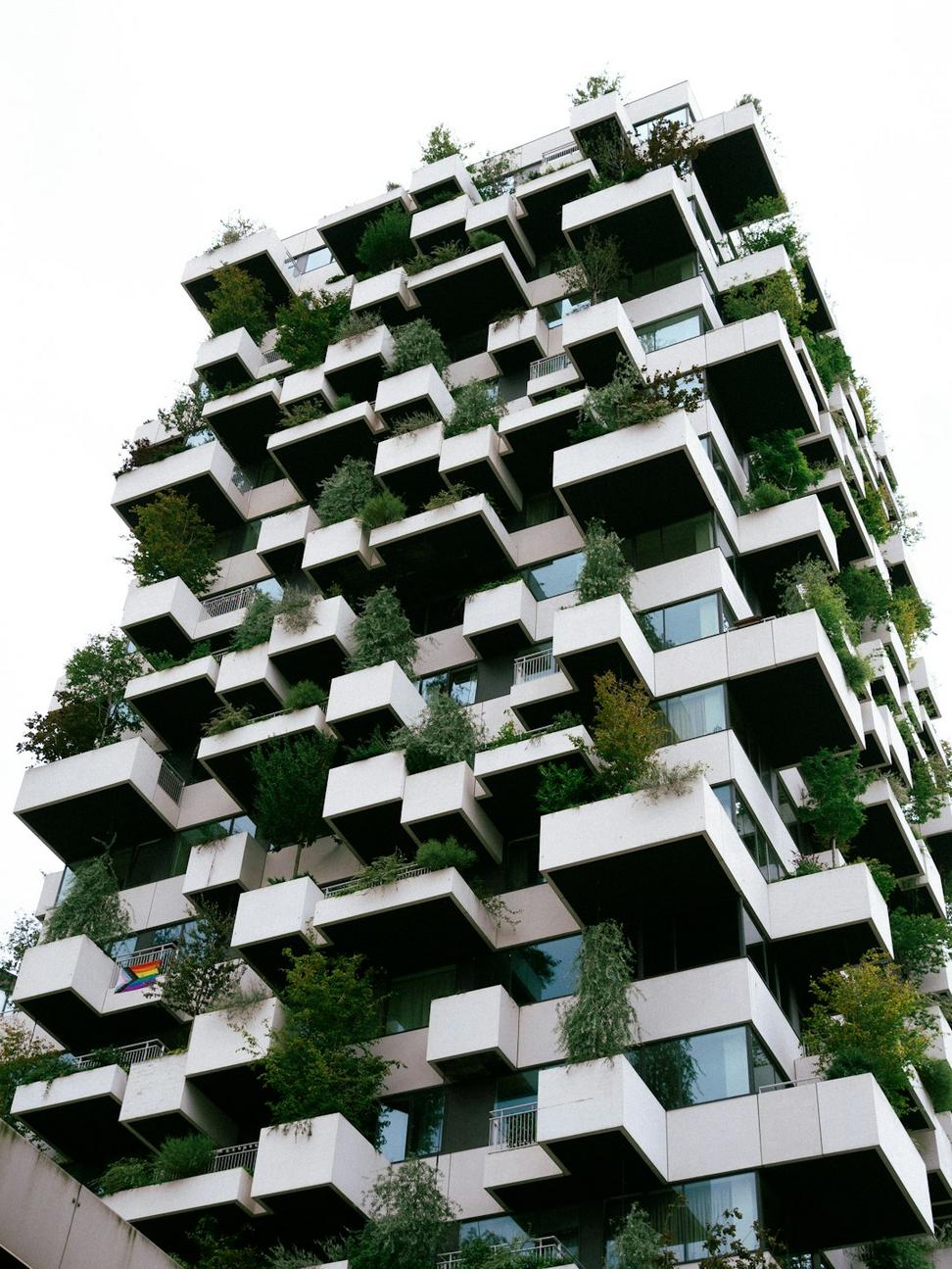
Why We're All-In on Green Building
Look, I'll be straight with you - when we started really diving into sustainable design back in 2016, it wasn't because it was trendy. We were tired of seeing buildings that looked amazing but hemorrhaged energy costs and made their occupants miserable.
Every project we take on now starts with a simple question: "How can this building give back more than it takes?" Sometimes that means solar integration, other times it's about passive ventilation or reclaimed materials. There's no cookie-cutter answer.
The coolest part? Our clients are saving 30-60% on operational costs compared to conventional buildings. That's real money staying in their pockets year after year.
